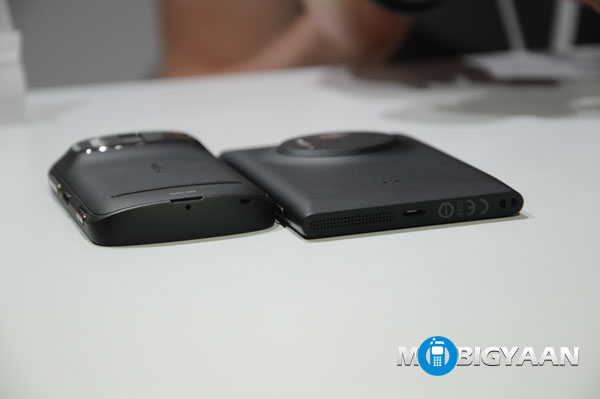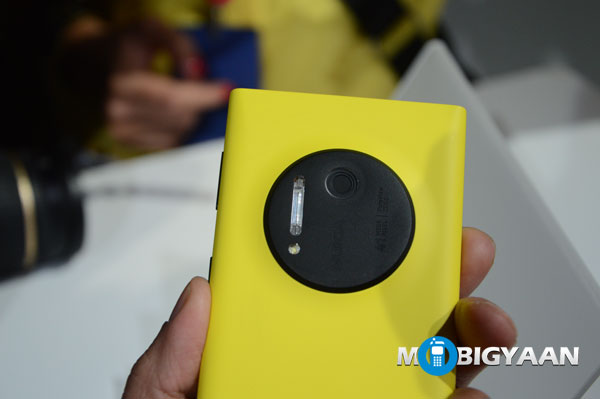In my previous post, I tried to cover all the basics of the Nokia Lumia 1020’s camera. That was mostly about the hardware and its capability in capturing images. Now lets move on to the user interface. The Nokia Lumia 1020 has a default camera app, which is very much the same as we had seen in 920 or any other Lumia devices. Lumia 1020 comes with another camera app called the Nokia Pro Cam, out of the box. This application modules offers an entirely new user experience with respect to capturing an image from a mobile camera. It brings a host of features that until today existed only in DSLR and some advanced digital cameras. The camera shutter opens up the native camera app, but you can change the setting to open the Nokia Pro Cam by default.
The Nokia Pro Cam app provides the ability to control the camera settings like you would control on a professional digital SLR camera. Nokia mentioned that this application would also be available to other Lumia devices soon. Based on that statement, I would say that the Pro Cam application is a software simulation of the camera settings. It is not actually controlling the mechanical shutter or the aperture. But it provides an intelligent simulation of the same effect, but just manipulating at the software layer. Yet this software is absolutely brilliant. It is something we have never seen in any smartphones till date. It infact reinvents the way we perceive a mobile camera and its capabilities. It extends the limit of the already superior hardware components in the Lumia 1020 camera module.
The Nokia Pro Cam app is a feast to your creativity. It lets to control the Exposure value, White Balance, Shutter speed and ISO. Apart from these advanced settings, the focus mode can be switched to Auto or Manual. The flash settings can also be controlled. It may sound complicated, but the user interface has been made intuitively considering every aspect of user experience. Check out the demo video above.
Sliding the camera icon in the interface will expose a plethora of controls. The default value of exposure is 0 and you can increase or decrease it by 3 steps. There by controlling the brightness of the image that’s about to be captured. You can get creative with it by clicking some high-key (over exposed images) or even neat looking silhouettes. The shutter speed can be changed to values between 4 seconds and 1/16000 of a second. A 4 second shutter speed would keep the shutter open for a long time. While the smaller shutter speed would be very quick to close the shutter, enabling to freeze fast motion. Check out the image captured by Steven Elop, on stage during the launch event. This is a long exposure image and these kind of shots called “Light painting” were possible only with DSLRs so far. 
The Nokia Pro cam app setting also include adjusting the ISO range. A lower ISO would mean that the light sensitivity of the sensor is low and good enough to capture a sharp image in daylight or when ample light is available. But at night, when there is very less available, the ISO has be set high increasing the sensitivity of the sensor, so it capture even the faintest of the light information. This may result in grainy or noise filled images. But still the moment is captured. We still don’t have the test information to tell you the range of ISO at which the Nokia Lumia 1020 works best, but I expect it to be very good mainly because of the large 1/1.5″ sensor and the ZEISS lens system along with the OIS.
ISO settings, Flash settings, White Balance and focus modes have been present in most of the digital cameras and mobile cameras for a while now. But I can’t wait to get my hands on a Nokia Lumia 1020 to see the result and comment on how effective that this mobile can handle these settings.


